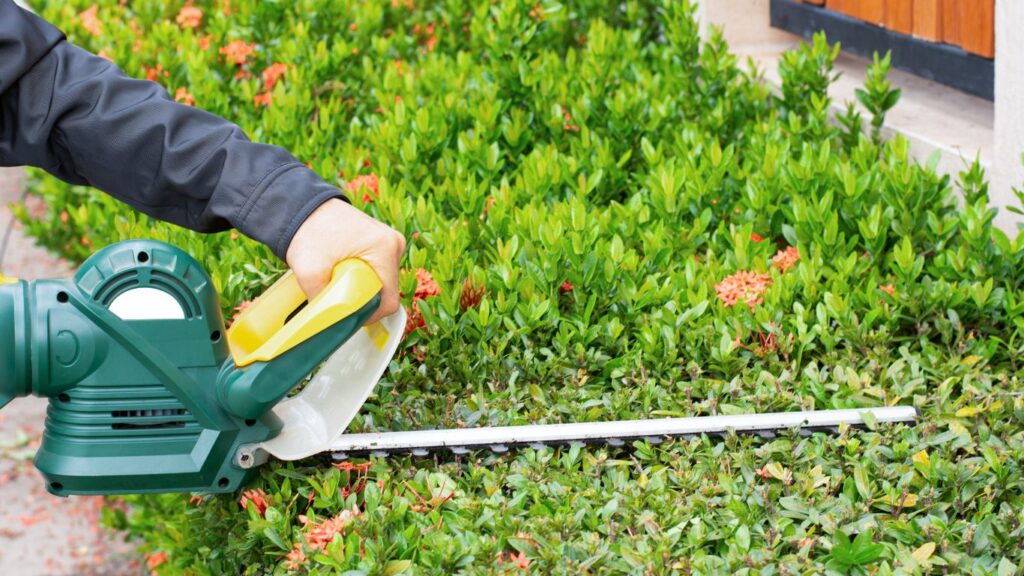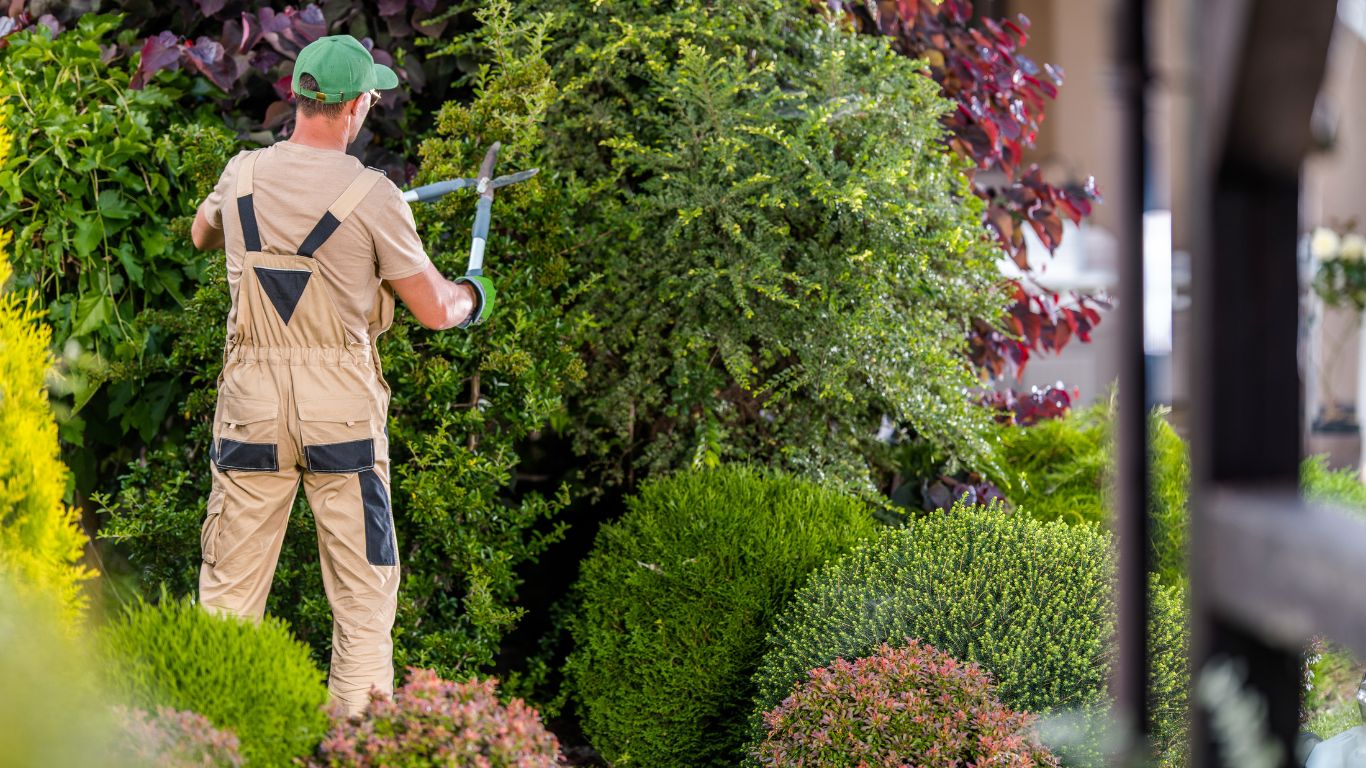
Wichita is known for its beautiful parks and green spaces, and one way to contribute to the city’s natural beauty is by planting trees. But if you’ve never planted a tree before, you may be wondering where to start. That’s where this step-by-step guide comes in. In this blog post, we will walk you through the process of tree planting in Wichita, from choosing the right tree species for your location to properly caring for your newly planted tree. We’ll provide helpful tips and resources along the way to ensure that your tree thrives and becomes a valuable addition to our community. So grab your shovel and let’s get planting!
Understanding the Climate and Soil of Wichita
Before planting a tree in Wichita, it is important to understand the climate and soil conditions of the area. Take into consideration the moisture levels and temperature variations to ensure the tree can thrive in the specific conditions. The type of soil, whether it is loamy or sandy, will also impact the growth of the tree. Analyzing the pH levels of the soil is crucial to determine its suitability for planting. Choose tree species that are resilient and well-adapted to the climate and soil conditions in Wichita.
How to Choose the Right Tree for Your Garden?
When choosing trees for your garden in Wichita, it’s important to consider the climate and soil conditions. Ensure the tree’s size fits your garden space, and research its water and sunlight requirements. Look for trees with strong roots that can withstand Wichita’s weather while also enhancing your garden’s aesthetics.
Necessary Tools and Materials for Tree Planting
To ensure successful tree planting in Wichita, gather essential tools such as a shovel, pruning shears, and gloves. Prepare materials like mulch, compost, and stakes for tree support. Have a bucket or hose nearby for watering the tree after planting. Consider using root barriers if planting near sidewalks or structures. Additionally, keep caution signs handy to alert others about the planting area. These necessary tools and materials will help you create a suitable environment for the growth of your shrubs and choose the right tree for your garden.
Step-by-Step Process of Planting a Tree
To plant a tree, begin by digging a wide and shallow hole to accommodate the root ball. Gently place the tree into the hole and backfill it with soil, ensuring the tree is straight and stable. Compact the soil around the tree and apply mulch at the base to retain moisture and regulate temperature. Finally, water the tree thoroughly to provide enough moisture for proper establishment. Remember, choosing the right tree and following a step-by-step process is crucial for successful tree planting in Wichita.
Caring for the Newly Planted Tree
To ensure the health and growth of your newly planted tree, there are a few key steps to follow. First and foremost, it’s important to provide regular watering to maintain the soil’s moisture levels, without overwatering and causing waterlogging. Additionally, applying a layer of mulch around the tree helps to conserve moisture and prevent weed growth. Pruning any damaged or crossing branches promotes better structure and overall tree health. It’s essential to monitor for signs of pests or diseases and take appropriate action if necessary. Lastly, offering proper support, especially during the initial growth stages, will help the tree establish itself successfully.
Common Mistakes to Avoid While Planting a Tree?
To ensure successful tree growth, avoid common mistakes when planting. Plant the tree at the right depth, ensuring the root flare is visible above ground. Prepare a wide and shallow planting hole for proper root development. Water the tree deeply and regularly, especially during dry periods. Mulch around the base to conserve moisture and suppress weeds, creating a favorable environment for root growth. By avoiding these mistakes, your newly planted trees will thrive and enhance your landscape.
Preparation before planting a tree in Wichita
Before planting a tree in Wichita, there are several important steps to take to ensure a successful and hassle-free planting process. Start by calling utility companies to identify the location of underground utilities to avoid any potential damage while digging. Additionally, check for any local regulations or permits required for tree planting to comply with city guidelines. It is crucial to choose the right season for planting trees in Wichita, considering the climate and weather conditions. Prepare the planting hole in advance, ensuring it is wide and shallow enough for the root ball. Finally, remove any obstacles or debris from the planting area beforehand to provide an optimal environment for the new tree’s growth.
Tree Planting Tips For Wichita Residents
Planting trees in Wichita, Kansas, requires some specific considerations to ensure their health and longevity in the region’s climate. Here are some tree-planting tips for Wichita residents:
- Choose Native or Adapted Species: Opt for tree species that are well-suited to the Wichita climate. Native or drought-tolerant trees like Eastern Redbud, Cedar Elm, or Bur Oak can thrive in hot and dry conditions.
- Select the Right Location: Carefully choose the planting location for your tree. Ensure it receives adequate sunlight and is not too close to structures or overhead power lines. Planting new trees away from existing large trees is a good practice to avoid competition for resources like water and nutrients.
- Prepare the Soil: Enrich the soil with organic matter, such as cotton burr compost, to improve its fertility and water retention capacity. This will help the tree establish its roots more effectively and withstand periods of drought.
- Proper Planting Depth: When planting your tree, make sure it’s at the right depth. The top of the root ball should be level with the ground’s surface. Planting too deep or too shallow can hinder root development.
- Mulch: Apply a layer of organic mulch around the base of the tree to help retain moisture, regulate soil temperature, and suppress weeds. Leave some space around the trunk to prevent rot.
- Watering: Consistent watering is crucial, especially during hot and dry periods. Deep watering is better than frequent shallow watering. Water the tree’s root zone thoroughly, and consider using a soaker hose or drip irrigation to provide a slow, deep soak. A 2-3 inch layer of mulch will also help retain soil moisture.
- Pruning: Prune your tree as needed to remove dead or diseased branches and to shape the canopy. Avoid over-pruning, as this can stress the tree.
- Pest and Disease Management: Keep an eye out for signs of pests or diseases, and take prompt action if you notice any issues. Consult a local arborist or extension office for guidance on dealing with specific problems.
- Staking: In some cases, young trees may need staking to support their growth and stability. Use soft ties to avoid damaging the bark, and remove the stakes once the tree is firmly established.
- Professional Advice: If you’re uncertain about any aspect of tree planting or maintenance, don’t hesitate to seek advice from a certified arborist or a local nursery. They can provide guidance specific to your tree species and local conditions.
Remember that proper care and maintenance are essential for the long-term health of your trees. By following these tips and being attentive to your tree’s needs, you can help ensure their well-being and contribute to a greener Wichita.
Conclusion
Planting trees in Wichita has several benefits that go beyond just enhancing the aesthetics of the area. It also contributes to creating a healthier environment. If you’re looking for professional assistance in tree planting, Wichita Tree Service can help you. Our experienced team is well-equipped with the knowledge and expertise needed to ensure that your trees are planted correctly, increasing their chances of thriving. We will guide you through every step of the process, from selecting the appropriate species to determining the best location. By partnering with us, you can rest assured that your tree-planting project will be successful and contribute positively to the environment.


